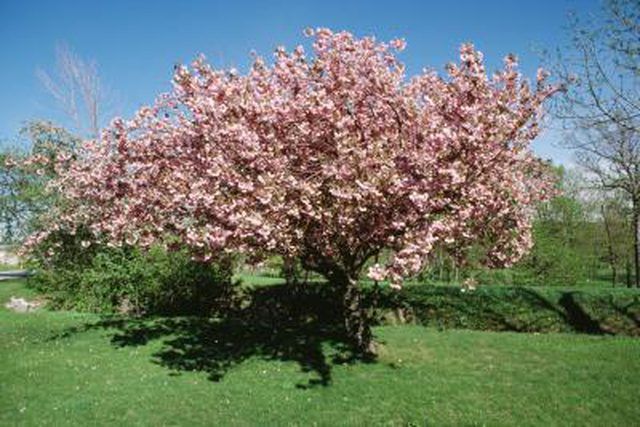Bulbs
Flower Basics
Flower Beds & Specialty Gardens
Flower Garden
Garden Furniture
Garden Gnomes
Garden Seeds
Garden Sheds
Garden Statues
Garden Tools & Supplies
Gardening Basics
Green & Organic
Groundcovers & Vines
Growing Annuals
Growing Basil
Growing Beans
Growing Berries
Growing Blueberries
Growing Cactus
Growing Corn
Growing Cotton
Growing Edibles
Growing Flowers
Growing Garlic
Growing Grapes
Growing Grass
Growing Herbs
Growing Jasmine
Growing Mint
Growing Mushrooms
Orchids
Growing Peanuts
Growing Perennials
Growing Plants
Growing Rosemary
Growing Roses
Growing Strawberries
Growing Sunflowers
Growing Thyme
Growing Tomatoes
Growing Tulips
Growing Vegetables
Herb Basics
Herb Garden
Indoor Growing
Landscaping Basics
Landscaping Patios
Landscaping Plants
Landscaping Shrubs
Landscaping Trees
Landscaping Walks & Pathways
Lawn Basics
Lawn Maintenance
Lawn Mowers
Lawn Ornaments
Lawn Planting
Lawn Tools
Outdoor Growing
Overall Landscape Planning
Pests, Weeds & Problems
Plant Basics
Rock Garden
Rose Garden
Shrubs
Soil
Specialty Gardens
Trees
Vegetable Garden
Yard Maintenance
How to Prepare For Grafting
How to Prepare For Grafting. The first time you prepare to meld the top of one plant to the bottom of another, it feels you are entering a sci-fi universe. But even though grafting is new to you, it is an asexual plant propagation method practiced by gardeners for centuries. Generally two plants are used for grafting: one, termed the root stock,...

The first time you prepare to meld the top of one plant to the bottom of another, it feels you are entering a sci-fi universe. But even though grafting is new to you, it is an asexual plant propagation method practiced by gardeners for centuries. Generally two plants are used for grafting: one, termed the root stock, produces the root system of the new plant, while the other, termed the scion, clones the shoot system of its parent plant, including branches, leaves, flowers and fruit. Like many procedures, grafting takes less time and effort if you prepare thoroughly before beginning.
Things You'll Need
Garden clippers
Knife with slender blade
Clean rag
Denatured alcohol
Grafting glue
Grafting tape
Grafting tool wedge
Mallet
Grasp the basics principals of grafting before you begin the procedure. Understand that for two plant pieces to grow together, you must press the cambium layer -- the green layer of wood just under the outer bark -- of one against the cambium layer of the other for a sufficient period of time to allow them to meld. Most of the preparation for grafting includes assembling the tools and materials necessary to accomplish this.
Choose the type of grafting you intend to try for your debut from among the many different methods developed. Opt for one of the simpler procedures, such as whip grafting or cleft grafting. Use whip grafting to join a root stock and a scion of equal diameters; use cleft grafting when the scion is significantly smaller than the root stock.
Assemble a garden clipper and a knife with a sharp, slender blade for either type of grafting, together with a clean rag and denatured alcohol to sterilize the blades. Obtain grafting glue and grafting tape. For cleft grafting, add a sharp garden saw, a clefting tool wedge and a mallet to split the stem of the root stock.
Select the scion parent from the cultivar you desire to reproduce, choosing a vigorous, healthy plant. Select the root stock from a species closely related to the scion that grows well in the climate and soil of your yard; pick a healthy root stock about 1/2 inch or less in diameter for whip grafting, one up to 4 inches in diameter for cleft grafting.
Mark grafting day on your calendar, choosing a day in late winter or early spring when both the root stock and the parent of the scion will be dormant. Schedule sufficient time so that you can complete the graft in one day, everything from cutting the scion and the root stock through securing the graft with grafting glue and tape. Avoid watering or fertilizing the trees before grafting since dormant trees cannot absorb nutrients.
Tips & Warnings
The best wood to use for scions is from shoots grown the previous season. Cut each scion with clean, sharp, disinfected clippers and immediately place it into a moist burlap sack to keep it fresh.
Do not place the cut scions in sun or near a heat source. Do not allow them to freeze in an icy cooler either. If you cannot graft the scions within a few hours of cutting, place the burlap sack in a refrigerator that contains neither fruits nor vegetables; these can cause plant buds to abort.